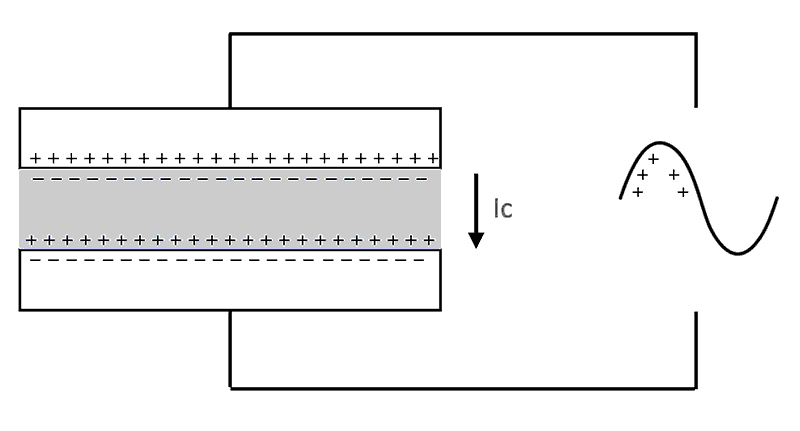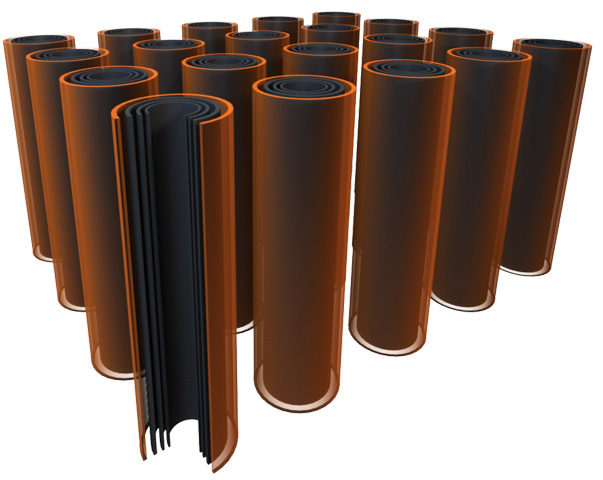Researcher and author: Dr. ( Afshin Rashid)
Note: Due to the need to implement expanded power, nano supercapacitors are emerging as an option compared to traditional electrical energy storage devices.
Nanosupercapacitors, also called electrochemical supercapacitors or nanocapacitors, thus emerge as promising fuel sources with astonishingly fast charge release rates. Amazing fast charging. Created to improve power execution (high speed capability), they still rely on the same inherent breakpoints. Nanosupercapacitors , also called supercapacitors or electrochemical capacitors, thus emerge as promising fuel sources with astonishingly fast charge release rates. Lithium particle batteries have been developed to improve power performance (high speed capability), they still rely on the same inherent cutoff points. Nano supercapacitors, also called supercapacitors or electrochemical capacitors, thus emerge as promising fuel sources with astonishingly fast charge release rates. Unlike dielectric capacitors that store energy as isolated electric charge.
Nano supercapacitors store energy electrostatically by polarizing an electrolyte solution. When a voltage is applied to the positive and negative cathodes of a supercapacitor, the particles in the electrolyte are drawn to the oppositely charged anodes. Reverse charges are separated at the interface between the strong surface of the terminal and the fluid electrolyte in the micropores of the cathodes, creating an exceptional "electrochemical double layer". Energy is thus discarded as charge partitioning between the double layer. Due to their unique properties, carbon nanotubes are a promising material for advanced nano supercapacitors. In particular, the use of nanotubes to make cathodes of nanosupercapacitors can increase the power thickness and performance of nanosupercapacitors compared to conventional dielectric capacitors. The authors describe various techniques for developing nano-supercapacitors using nanostructured materials and additionally chart the benefits of this imaginative form of energy storage. In conventional flat sheet dielectric capacitors, the capacitance of the capacitor inversely depends on the separation between the electrodes. Interestingly, the capacitance of a supercapacitor depends on the separation between the terminal charge and the countercharge in the electrolyte, which is much less than that of a dielectric capacitor. After that, super capacitors have a very large capacity. In total, the capacity of nano supercapacitors is several times that of standard dielectric capacitors.
Conclusion :
Due to the need to implement expanded power, nano-supercapacitors emerge as an alternative compared to traditional electrical energy storage devices.
Researcher and author: Dr. ( Afshin Rashid)
Specialized doctorate in nano-microelectronics






